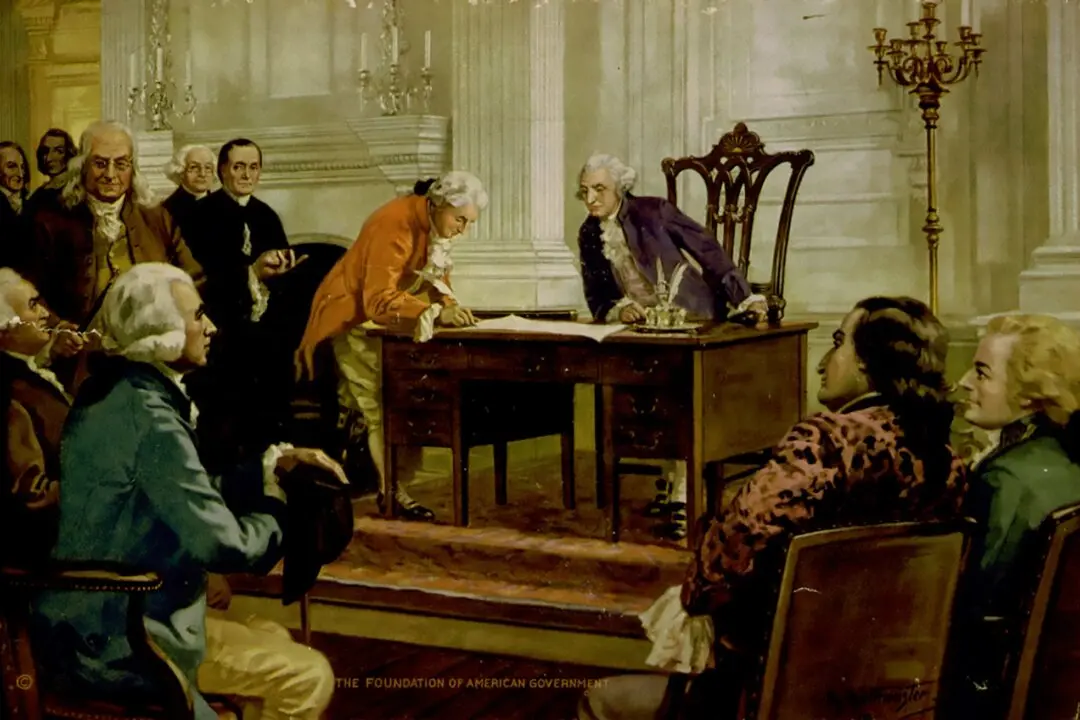The old house was jammed and noisy, with people standing elbow to elbow in the bar, drinking beer, roaming the premises, and stepping to the porch for a cigarette or a cigar. Many of the men were dressed in kilts, and a number of the women wore tartan skirts and shawls. In the yard behind the house, others gathered round a blazing bonfire while a bagpiper slowly strolled back and forth, warming up his pipes for the evening’s festivities.
Upstairs, a buffet awaited these guests, with the featured items being haggis and a large casserole dish of neeps (turnips) and tatties (potatoes). Soon the piper, preceded by a kilted young man carrying a broadsword, would pipe the haggis down the stairs before the assembled guests. Then would come poems and songs, various toasts, and a formal address regarding some aspect of Robert Burns and his work.






